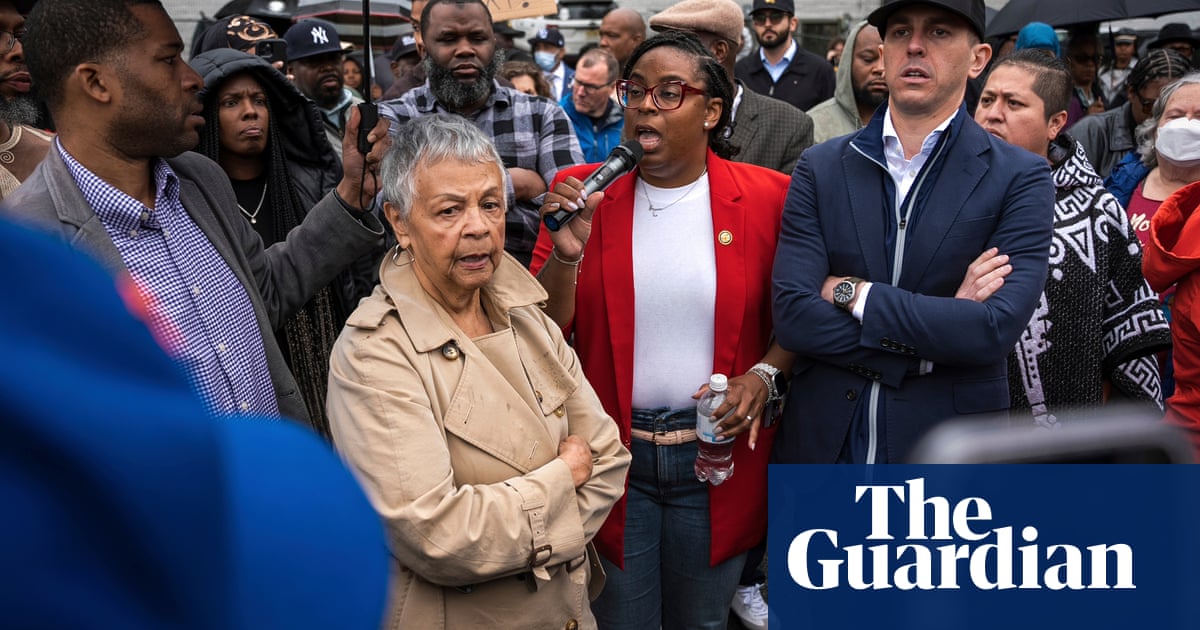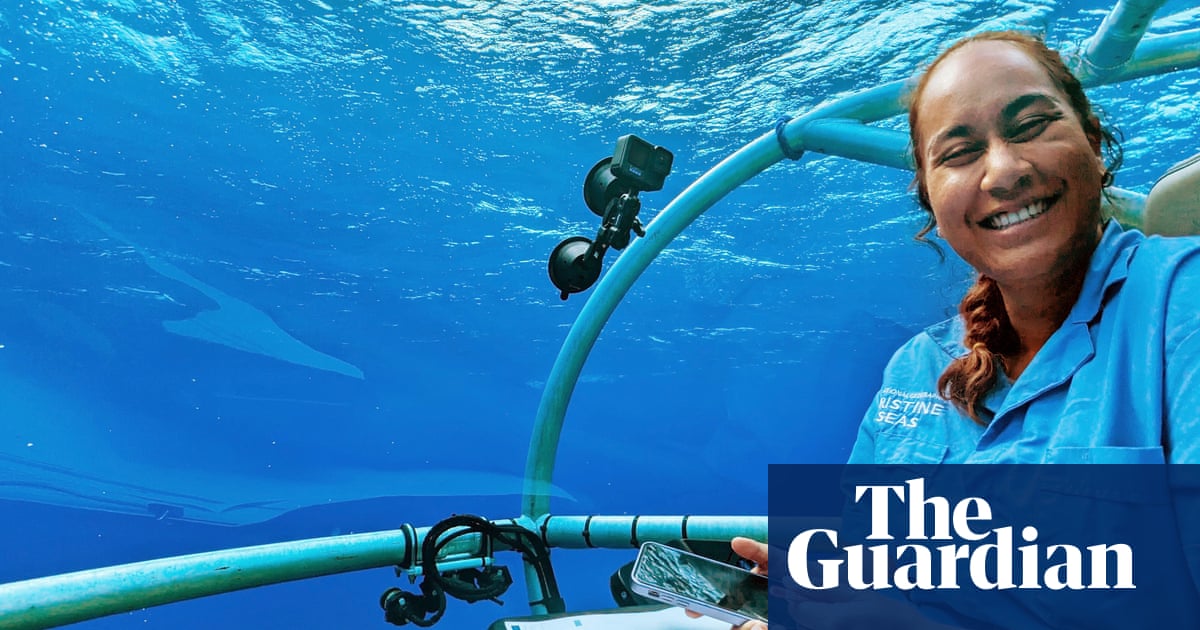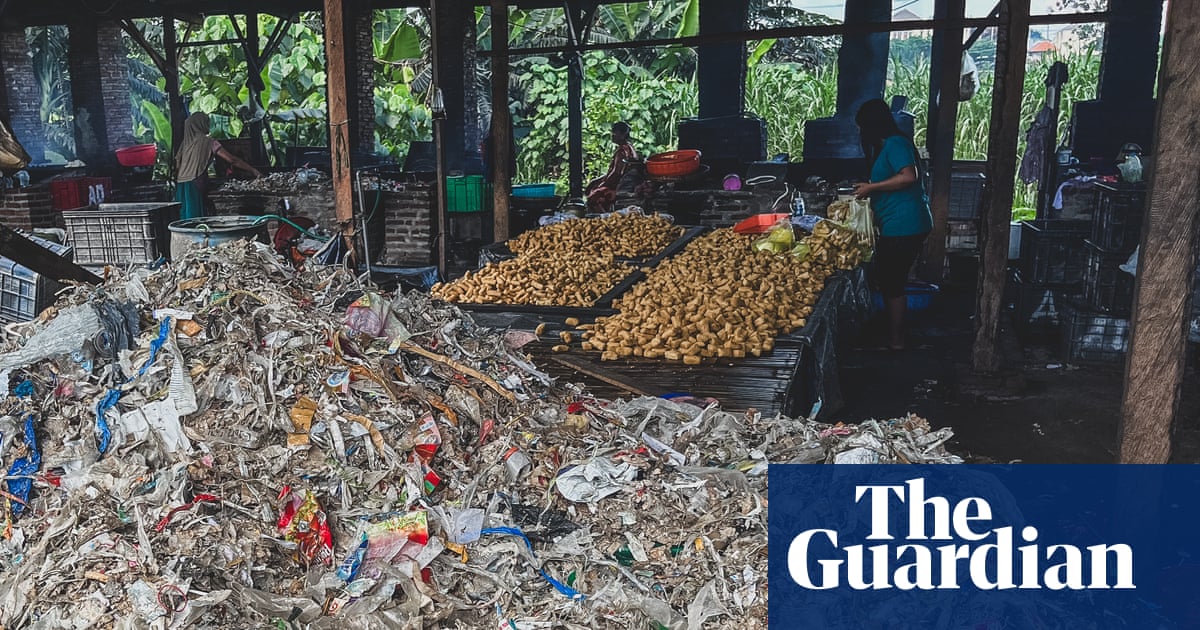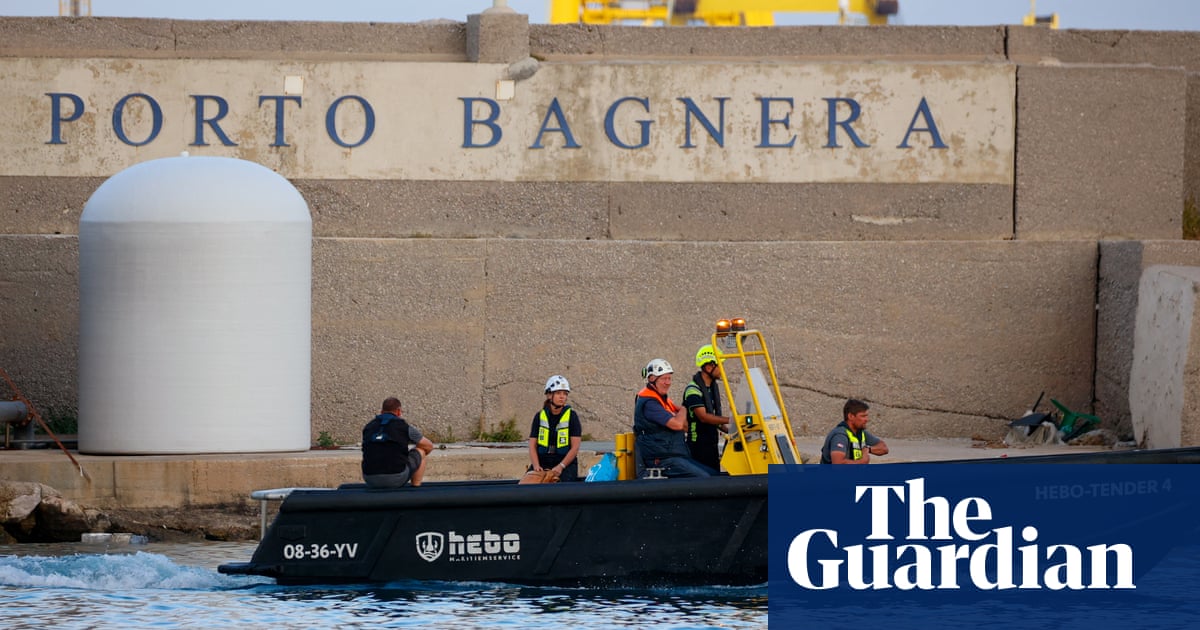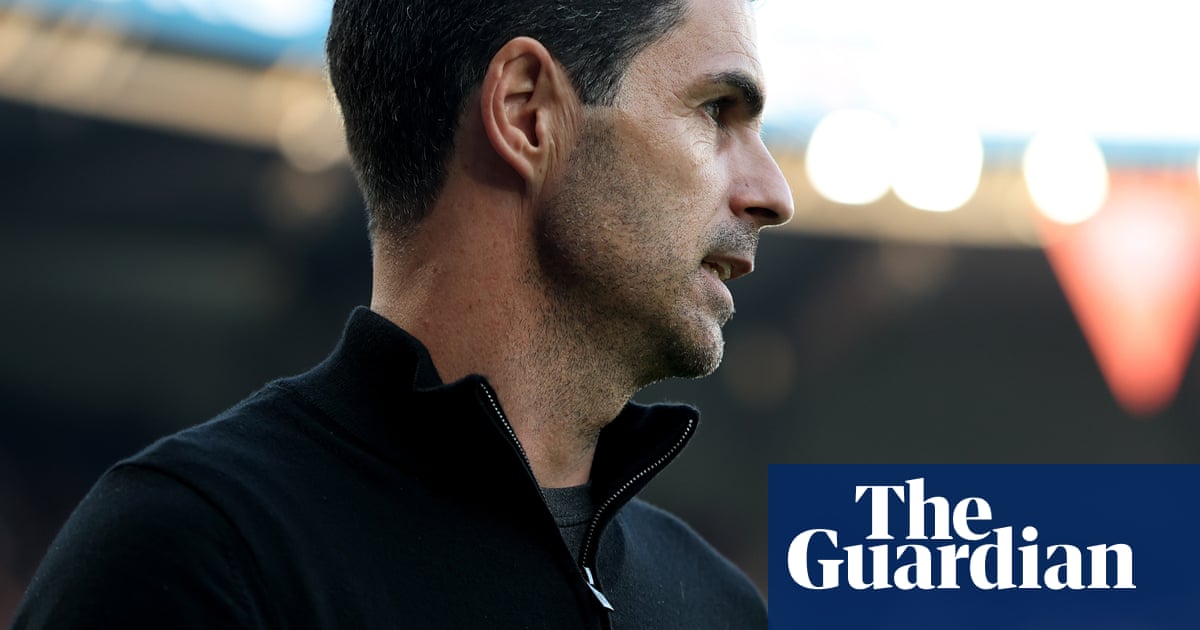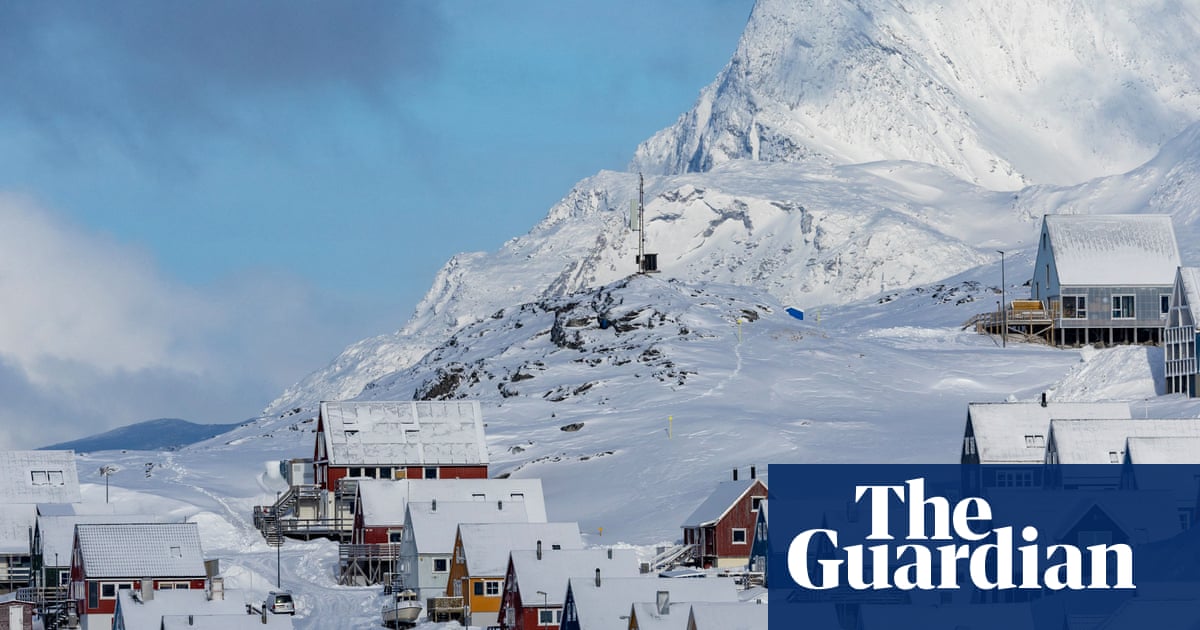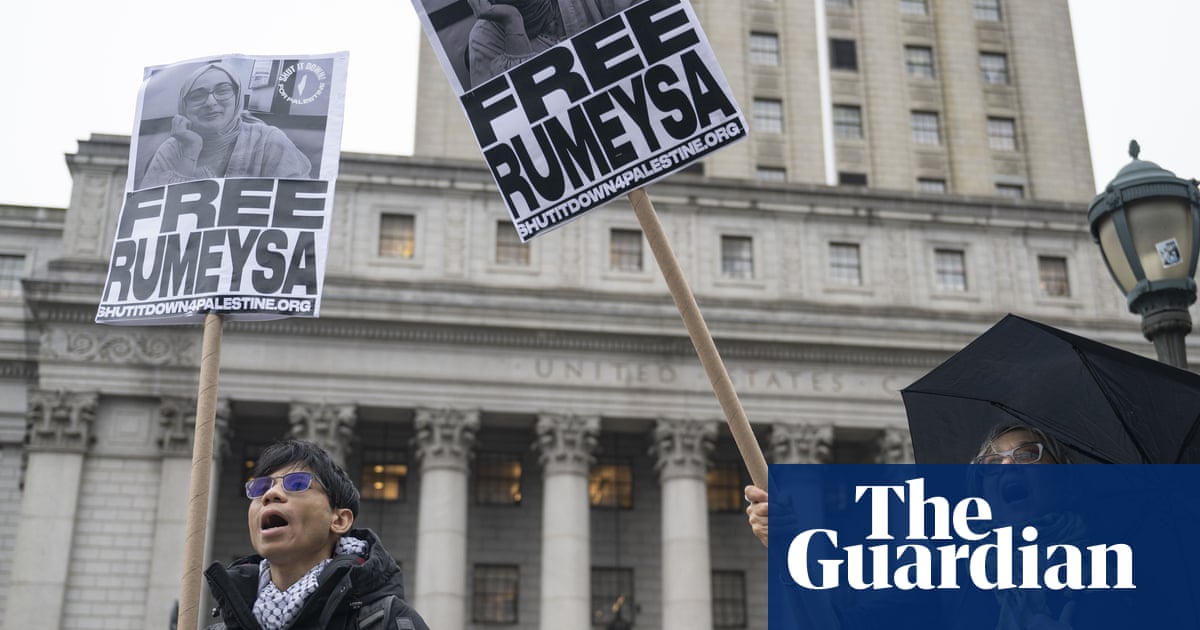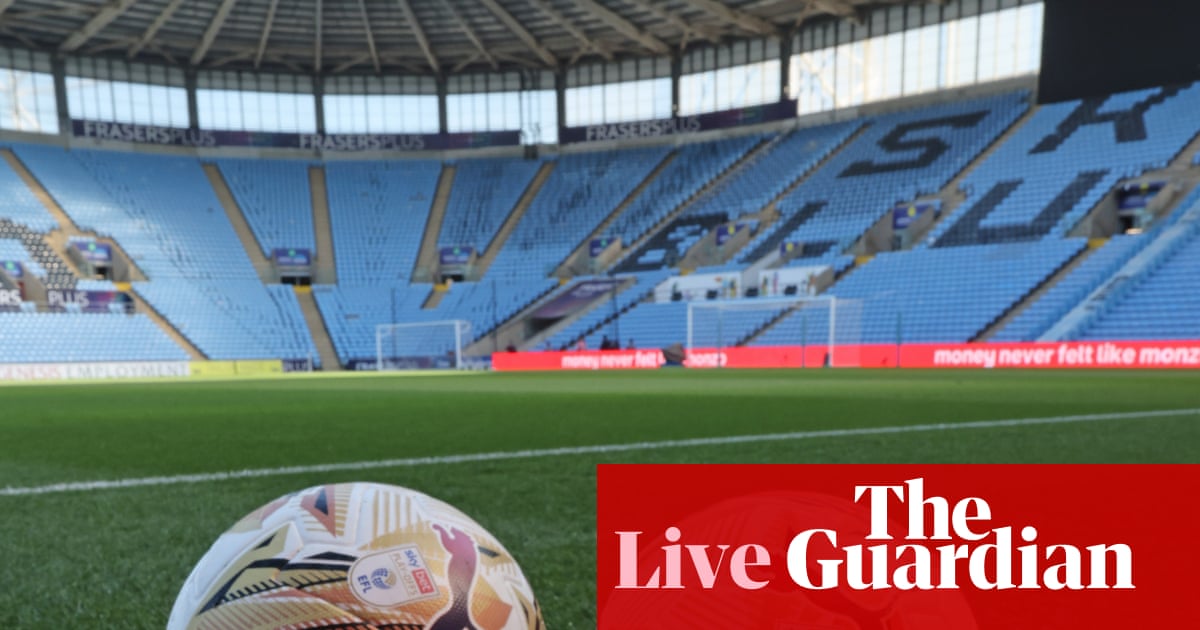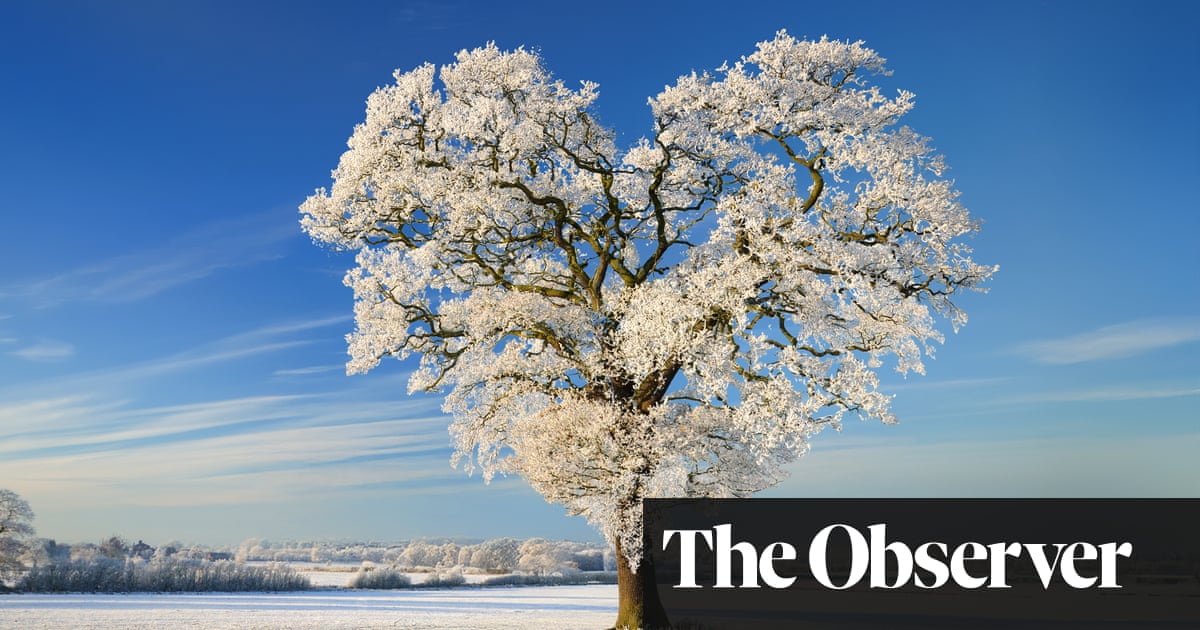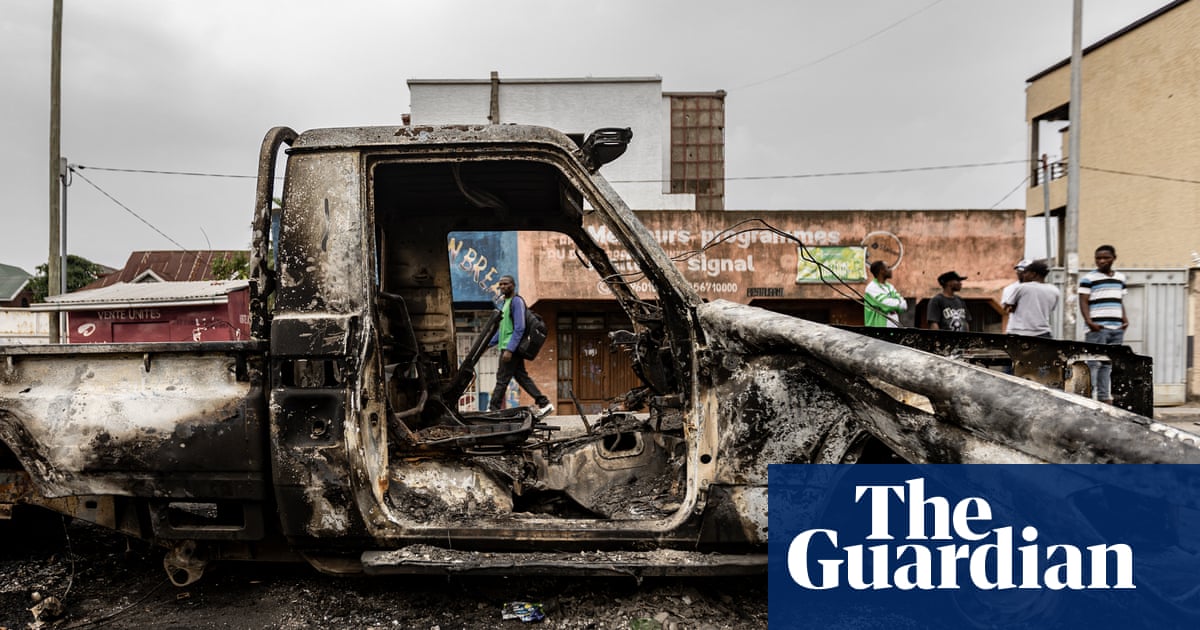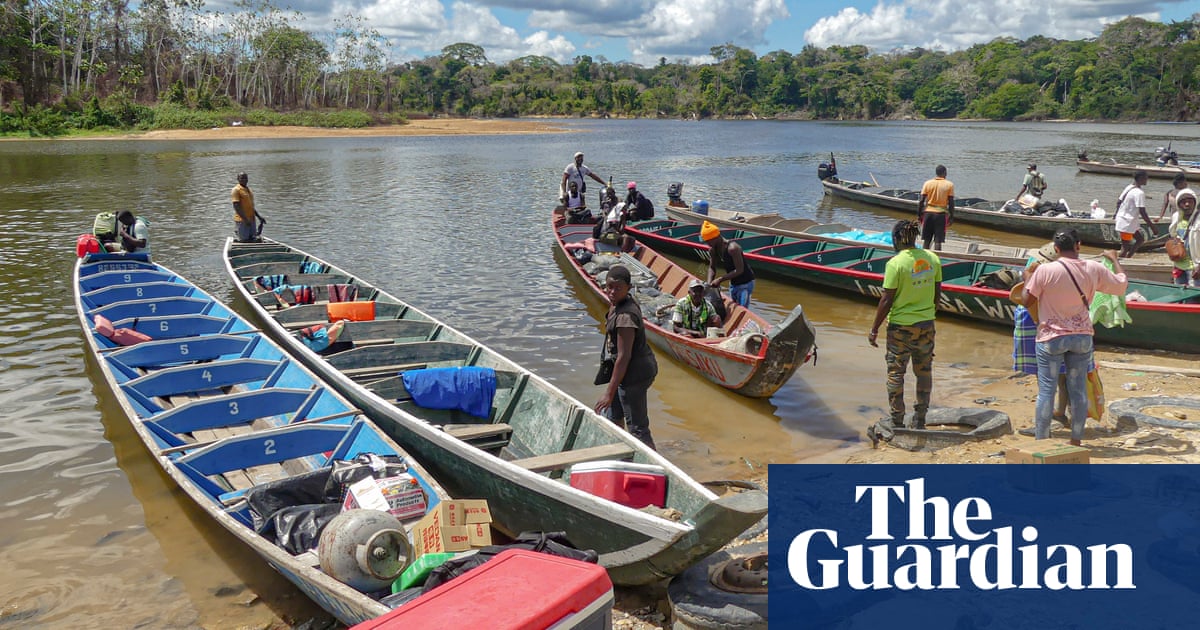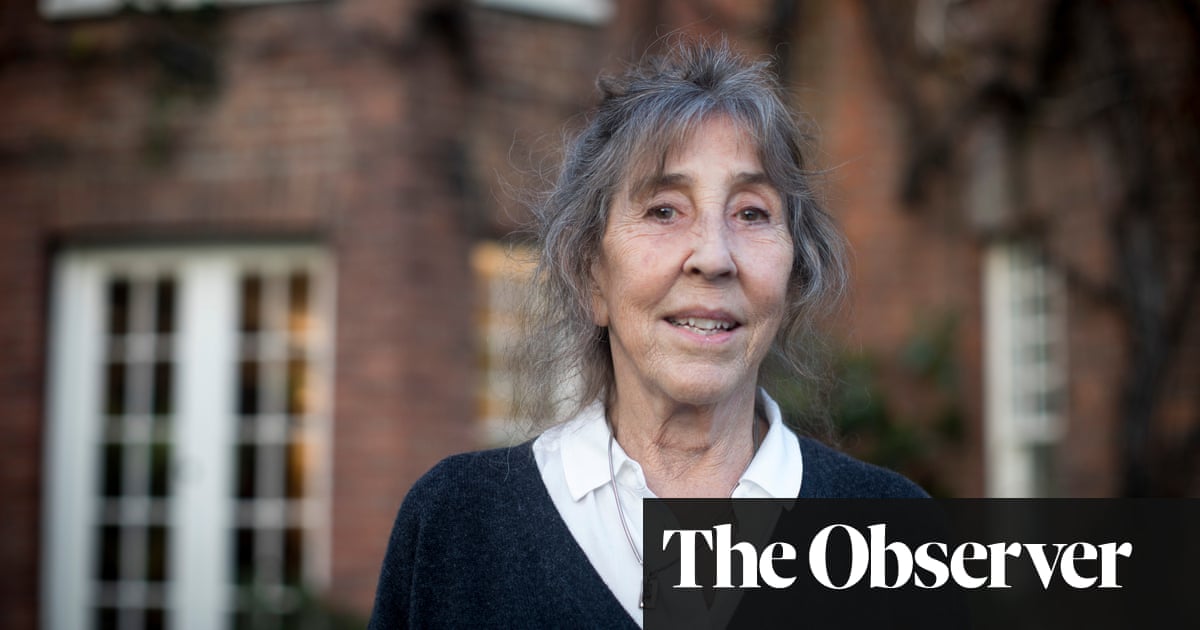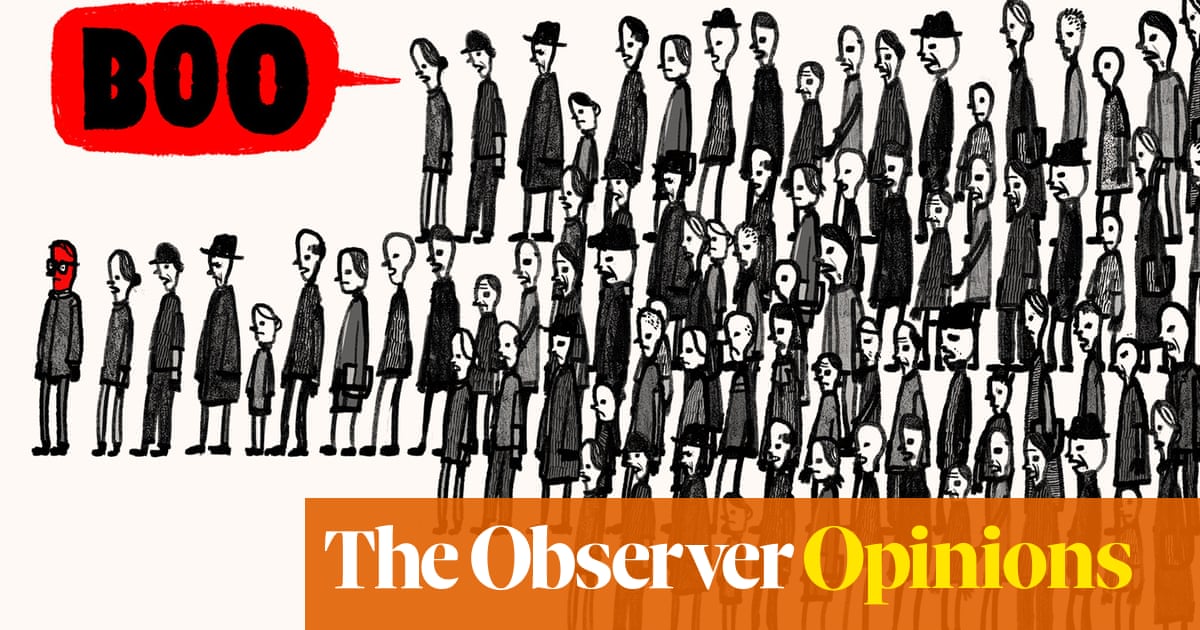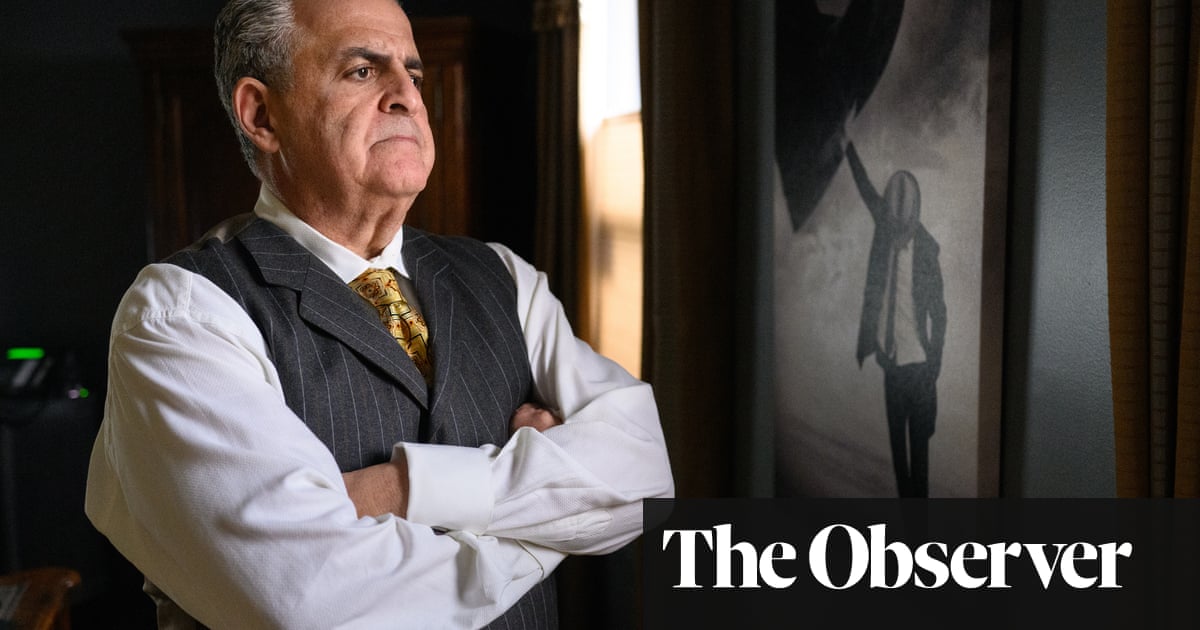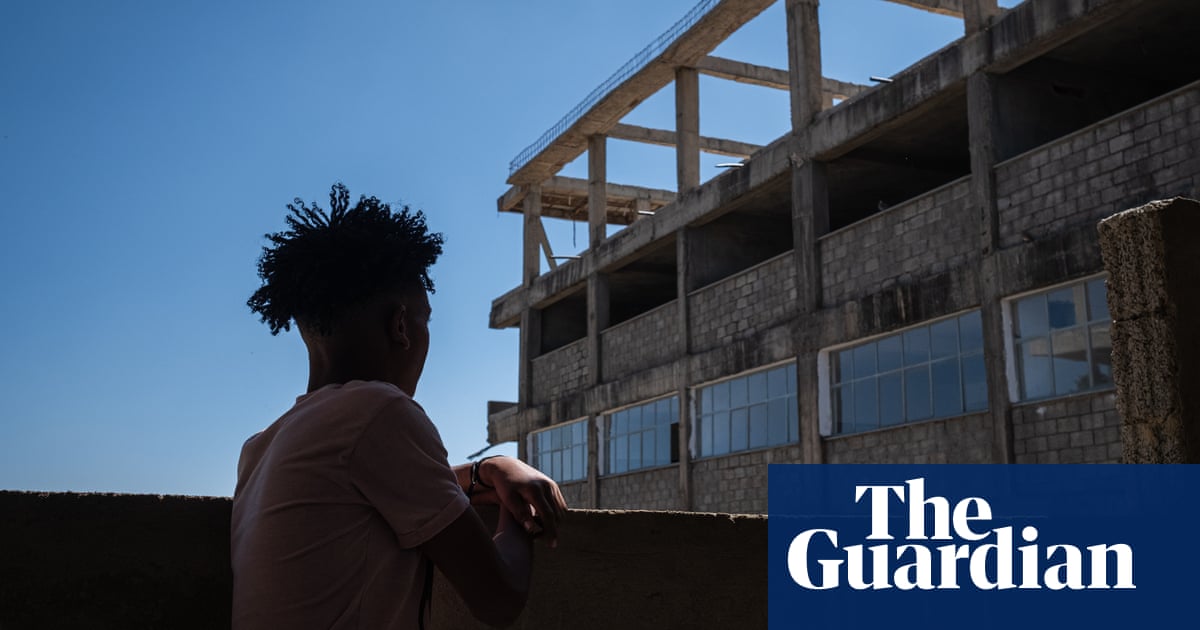I wanted to reach out and feel the weight of the speckled eggs in my palm. Guillemot eggs: longer than a chicken’s and slightly pear-like in form, so that when they roll, they do so in a tight arc, rather than towards the cliff edge. There are plenty of cliffs to roll off in Shetland, a group of wind-scalped islands where the North Atlantic and the North Sea crash together, as well as other wild delights, like the precious mosses and orchids threading through the craggy peat bogs. Just over the hill, a low orange glow served as a reminder of a very different island treasure: Sullom Voe, one of the largest oil and gas terminals in Europe.
I stood by the trestle table staring at the strangely static greenish-blue eggs. A closer look revealed they were not what they seemed; in fact, they were not eggs at all. They were ceramic plates so cleverly designed that the slightly concave base appeared to curve outwards. It took a moment to re-adjust my focus.
The plates were among a small exhibition celebrating the life of my father, the acclaimed potter and proud Shetlander Bill Brown. It was February 2020 and he had died a few weeks before. From cake stands designed like Tunnock’s teacake wrappers to a butter dish decorated with the words “I can’t believe it’s not plastic”, each piece brought a bit of his talent and humour into the village hall. While the wind and ice-edged rain slapped the hills around us, safely inside we listened to his favourite fiddle music, shared funny stories and looked at photographs of the man we all knew in different ways. I learned a lot about Dad that day as artists, neighbours, childhood friends and family members mourned his loss.
I had travelled from Devon with my partner, Josh, and four-year-old daughter, Esme, to attend the funeral. It was a journey I hadn’t made often; Dad had only returned to the isles of his birth a few years before, following his retirement as head of ceramic design at the Glasgow School of Art. Our physical distance matched an emotional one. My parents split when I was very young and my dad and I were never close. I was raised by my mother in Edinburgh and saw Dad only on weekends and some school holidays. I didn’t remember him attending birthdays or many special occasions. Later, I moved abroad and saw him just once a year. There was affection and a distant sense of pride, but no strong sense of attachment.
Shetland was ingrained in Dad’s being, from his dialect woven with Scots and Norwegian influences to his fiddle-playing and taste for salty foods.

After retiring, he built a house and a pottery on the land once worked by his forebears. He reforested the slopes of the croft with native trees – hazel and blackthorn – and hacked a tattie patch out of the dull green hillside.
But to me Shetland had remained a distant place of school holidays and quick trips to catch up with relatives. I didn’t know that, as I stood squinting at the egg plates in the village hall, a novel coronavirus was spreading across the world, which would change the way I viewed the isles for ever.
It was the day after the funeral that Josh and I began to realise how serious the situation was. Italy had just imposed a lockdown and people in Britain were starting to die. We had packed enough in our suitcases to last just a few weeks. Could we risk taking our daughter back to Devon: 14 hours on the ferry and 10 more on the train? We decided just in time.
“Let me be blunt,” Scotland’s first minister, Nicola Sturgeon, said on the radio. “The stringent restrictions on our normal day‑to‑day lives that I’m about to set out are difficult and they are unprecedented. They amount effectively to what has been described as a lockdown.”
We would face Britain’s first lockdown in Kirkhouse, the home Dad had built overlooking the ruins of his grandparents’ croft, across the road from his childhood house, which his father had built. At mealtimes, we would look out at the inlet and see the graveyard where his body lay. We would cook in his kitchen, sleep in his bedroom, wash in his shower, water his houseplants and never get around to tiling his bathroom.
It took a while for the reality of our situation to settle in. All around me were Dad’s things: books, ornaments, bills and receipts stretching back decades. Even the cup in my hands, spun on a wheel maybe 30 years before, had the imprint of his fingertips on the base. As I turned my head to view the four walls around me, I found myself asking: where, among all this Dad, am I?

Josh and I alternated work and childcare, each taking a stint at the desk in Dad’s study or, on the days the weather did not hold us captive indoors, coaxing Esme outside to play in the fields and along the shoreline. Some days, we played in the ruins of the two-roomed house where my great-grandparents had raised their many children. Now, it was a rectangle of loose stones and a weather-worn lintel, a shelter from the scything wind, within which Dad had grown kale, rhubarb and strawberries.
It seemed to me a mirror of his craft, as if he were paying homage to his ancestors, generations of crofters, by remembering their way of life. It was another reminder of his presence: his body and spirit mingled with the soil that nourished the plants at our feet.
Sometimes Esme was on a mission to find the “bones of her ancestors” in the soil while I fretted about her proximity to the shoogly wall. Mostly, she was content with the shards of pottery she unearthed. The blue and white patterns fitted together, but there weren’t enough pieces to guess what it had once been: a plate, a saucer, the rim of a large bowl. Too old to be “Granpa Bill’s”, these went further back in time. Esme placed them with other items of interest – plastic beads, dried seaweed, a fragment of blue eggshell – in a set of tiny drawers gifted by a relative.
The drawers were among many acts of kindness that sustained us during the months of lockdown. As our days of isolation extended, neighbours and relatives dropped off books, games and toys to keep our daughter entertained, mindful of the fact we had arrived with just two rucksacks between us. In the moments I felt overwhelmed by Dad’s presence and absence in the house, it was these small acts of kindness that kept me grounded. Despite our isolation, we had become part of an invisible network holding everyone together.
We unearthed treasures inside the house, too. I found an old cushion cover I had made in primary school and a tape recording of me playing the piano. It was a surprise to find them here among Dad’s things, traces of myself that I had forgotten but he had kept tight. A clay dragon, about a foot long, sat among papers and books on a shelf in his study. Every time I took a seat on the swivel chair at the desk, I would cast it a glance and it would look straight back at me, a moment of quiet puzzlement. I was sure we knew each other, but I couldn’t remember where we had met before. It wasn’t until a few months had passed, and we were beginning to feel like Kirkhouse was our home, that I remembered: long ago, in the ceramics department where Dad worked, I had stood at a stained workbench rolling shapes out of clay – a tail and thumb-printed scales. I had made this dragon and here, next to his desk, Dad had kept it.
The toys for Esme, the carefully tended plants in the ruined croft house and my childhood offerings to Dad now all appeared twisted together, forming a tapestry of care, past and present. In it, he and I were woven together.
Throughout my life, I had only heard one side of the story and seen Dad as a distant figure. But while I had believed in a story of rejection, I was learning that he had kept parts of me close to him.

The house had two rhythms: one set by the unpredictable energy of a small child; the other by her resting state. It was during the latter that I would find myself, suddenly caught in the stillness, gazing at the spines of the books on Dad’s shelves: encyclopedias; dictionaries; books on economics, language, natural history, ancient history, Scottish history; and one that I had given him on the history of the AK-47. I would open them, imagining Dad’s hands on the covers, his large, rough fingers teasing apart the thin pages. I felt as if I was inside his mind, pulling out his thoughts and interests, trying to understand.
I flicked through one book on Shetland and Orkney folklore, wondering if there would be anything to share with Esme. Inside were pony-shaped monsters, ghosts and trows, Shetland descendants of the Norse troll. The printed words also conjured a scene from my own past: Dad sitting at my bedside during one of my weekend visits, haltingly translating a book of Norwegian folk tales. Every now and then, he would pause for a few moments over a tricky sentence or two while I waited, tense and impatient, to find out what would happen next.
Standing in his living room decades later, the folklore book in my hand, more memories came back to me: the family sharing trow stories as we picked our way between the hills on a twilight walk – tales of creatures that shrank in size to fit the moulds and cairns of the low islands of Shetland.
Being held captive among Dad’s belongings had nurtured in me a new closeness with him and, for the first time, I was able to bring the stories of my childhood to life with Esme. Her favourite, a trow called Rose, became a mentor to her in this new world of peat bogs, tides and cliffs. In our stories, Rose would call on Esme to help her solve the mystery of a poisoned stream, or help defeat an evil oil spill that was spreading towards an eider duck colony. “We must save them!” we cried as we bounced down the steep slope outside the house. Rose became a tool through which to introduce an awareness of the looming catastrophes that could define Esme’s life – climate breakdown, species extinction – without causing her to feel overwhelmed. She was our bridge between imagination and reality, a way to navigate this new territory while rooted in a sense of belonging.
We looked out at the view: the ruined crofts, the singular cries of once plentiful birds, the simmering of the grey sea in the bay. Esme reached for my hand and I felt the soft cushion of her palm against my skin, delicate as a guillemot egg. I remembered, long before, the feeling of clutching a large calloused finger in mine.
The Shetland Way by Marianne Brown is published by Borough Press (£16.99). To support the Guardian and the Observer, buy your copy at guardianbookshop.com. Delivery charges may apply.

 3 months ago
37
3 months ago
37


